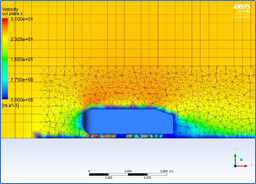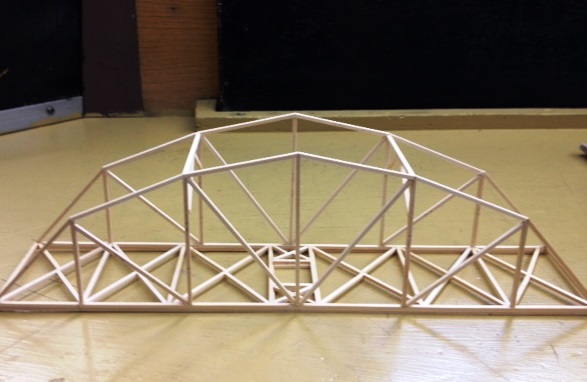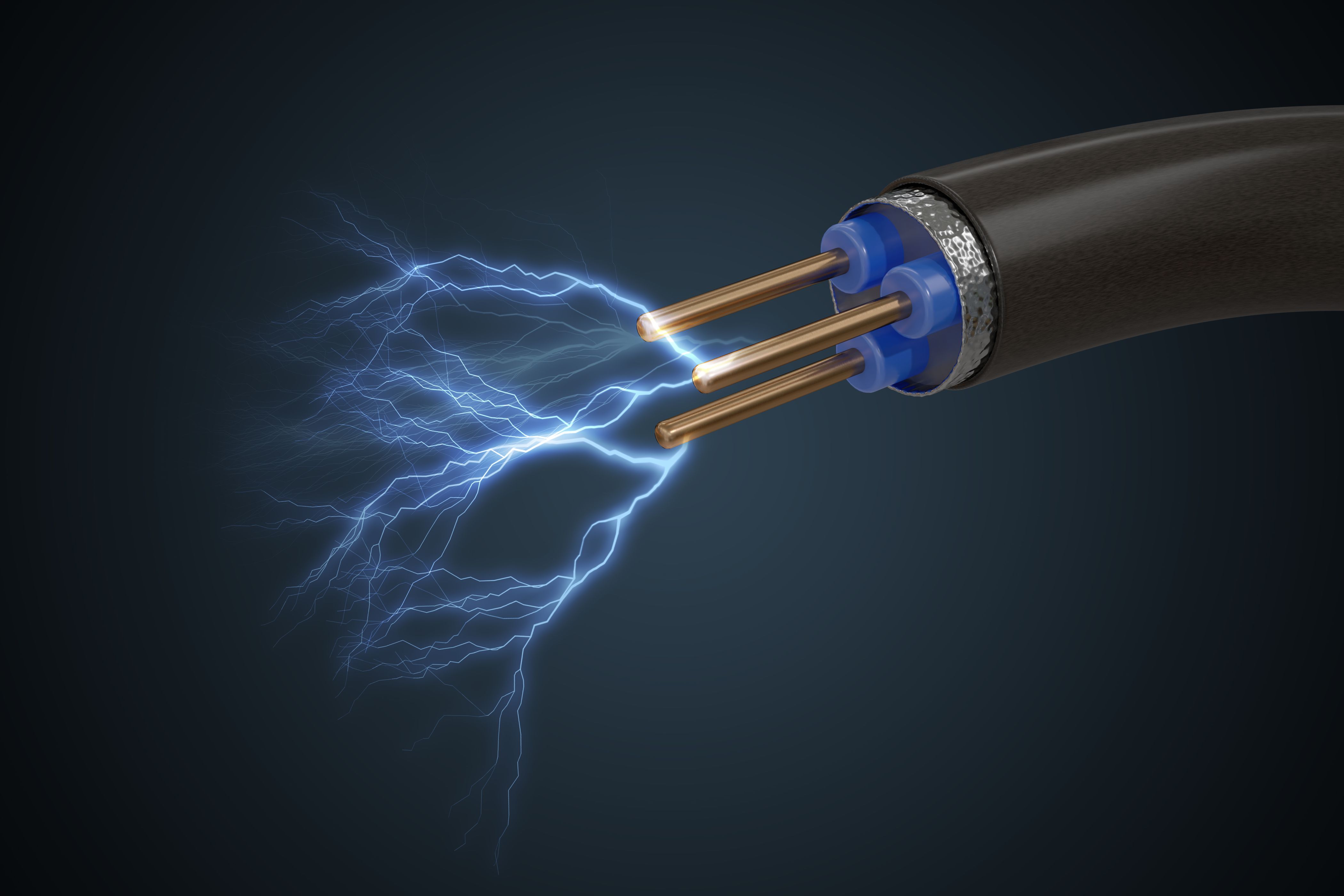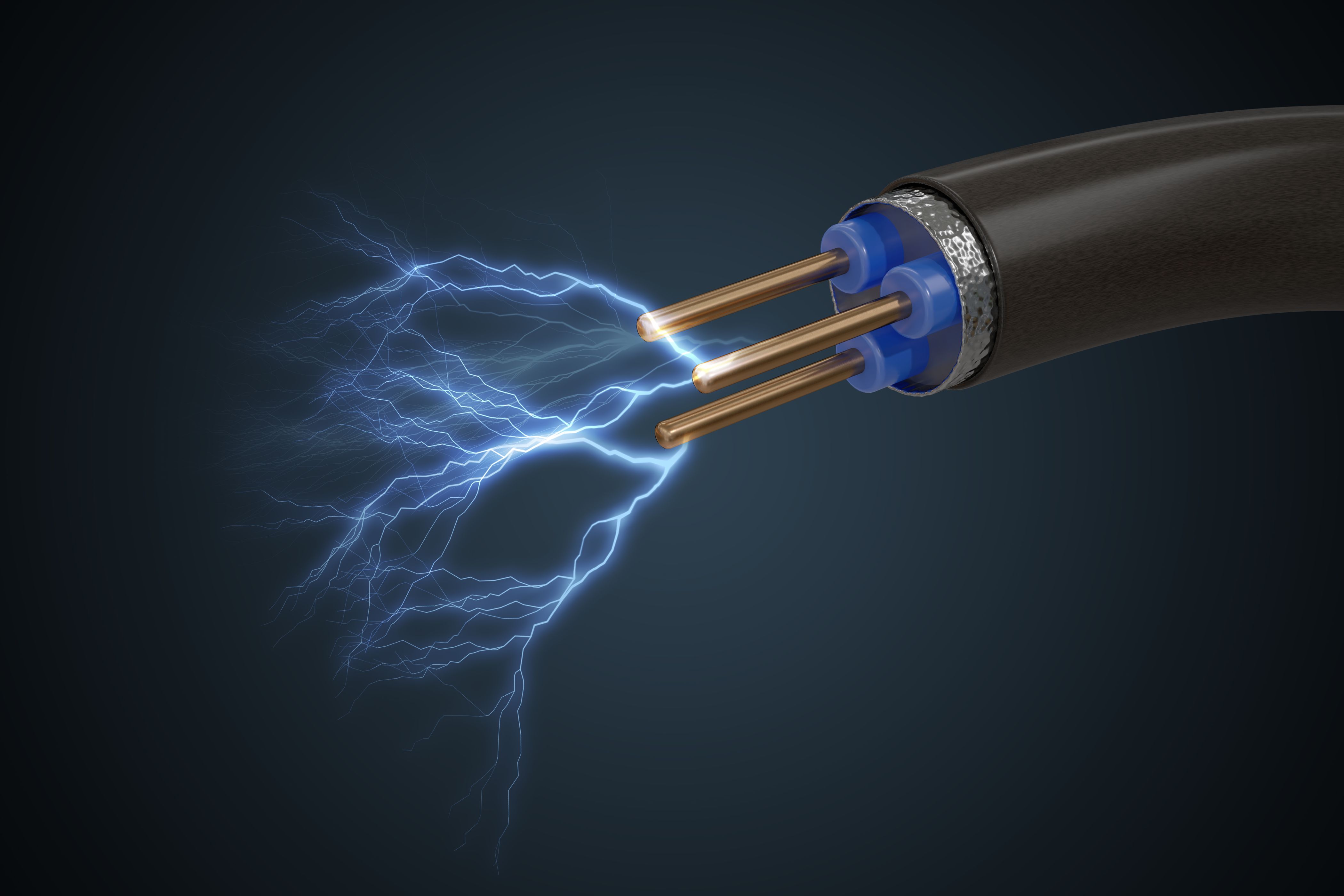Courses by Software
Courses by Semester
Courses by Domain
Tool-focused Courses
Machine learning
POPULAR COURSES
Success Stories
Ahmed Body Challenge
Aim: The aim of this challenge is to perform steady state simulation on an Ahmed body with incoming air at 25m/s velocity. Introduction: The Ahmed Body was first created by S.R. Ahmed in his research “Some Salient Features of the Time-Averaged Ground Vehicle Wake” in 1984. Since then, it has become a benchmark…
Aditya Purkar
updated on 20 Jan 2021
Aim:
The aim of this challenge is to perform steady state simulation on an Ahmed body with incoming air at 25m/s velocity.
Introduction:
The Ahmed Body was first created by S.R. Ahmed in his research “Some Salient Features of the Time-Averaged Ground Vehicle Wake” in 1984. Since then, it has become a benchmark for aerodynamic simulation tools. The simple geometrical shape has a length of 1.044 meters, height of 0.288 meters, and a width of 0.389 meters. It also has 0.5-meter cylindrical legs attached to the bottom of the body
Ahmed body is a generic car body (a simplified car model) i.e the flow of air around Ahmed body captures the essential flow features around an automobile.
Case Setup:
Base Mesh Case
- Mesh Description
Base mesh size was used as default, of size 0.435 m size

Triangular Mesh,
Number of Nodes: 17710
Number of elements: 90167
Skewness: majorly in 0-0.6

2. Case Setup
Steady solver was used. As velocity is 25m/s, less than 0.3M, so pressure-based solver was selected.
k - ɛ turbulence model was used with Coupled method and under relaxation factors with Pressure as 0.1 and Momentum as 0.3
3. Solution
|
Coefficient of Drag |
0.42 |
|
Coefficient of Lift |
0.19 |





Improved Mesh Case
- Mesh Description
Multizone hexahedral mesh was created for outer enclosure with 100mm size. Inner enclosure was improved by body sizing and face sizing method.

Number of Nodes: 77506
Number of elements: 151316
Skewness: majorly in 0-0.6

2. Case setup
Steady solver was used. As velocity is 25m/s, less than 0.3M, so pressure-based solver was selected.
k - ꞷ SST turbulence model was used with Coupled method and under relaxation factors with Pressure as 0.1 and Momentum as 0.3
Desired y+ value taken as 50, so first layer thickness was calculated to be around 6mm, 5 inflation layers with 1.2 increasing rate.
3. Solution
|
Coefficient of Drag |
0.40 |
|
Coefficient of Lift |
0.21 |





Conclusion:
Numerical analysis of flow over Ahmed body is understood using both k-ɛ and k-ꞷ models. It was observed that, on the basis of boundary layer formation over the body, appropriate viscous and turbulence model, wake region was captured.
Pressure drag occurs when air flowing past an object pushes harder against the front than the back. This difference creates a backward force. When separation of flow occurs, the turbulent air behind the Ahmed body decreases in pressure, causing an increase in pressure drag.
Flow separation or boundary layer separation is the detachment of a boundary layer from a surface into a wake. Separation occurs in flow that is slowing down, with pressure increasing.
Grid dependency tests were performed to compare better capturing of wake region.
Leave a comment
Thanks for choosing to leave a comment. Please keep in mind that all the comments are moderated as per our comment policy, and your email will not be published for privacy reasons. Please leave a personal & meaningful conversation.
Other comments...
Be the first to add a comment
Read more Projects by Aditya Purkar (9)
Week 1- Mixing Tee
Objective To simulate the flow of air through mixing tee and understand the effect of length of pipe and momentum ratio of velocity for mixing of air by using two different types of pipe i.e. short pipe and long pipe. About In industrial process engineering, mixing is a unit operation that involves…
26 May 2021 10:19 AM IST
Week 10 - Simulating Combustion of Natural Gas.
Part I Perform a combustion simulation on the combustor model and plot the variation of the mass fraction of the different species’ in the simulation using line probes at different locations of the combustor as shown in Fig. You need to plot for CO2, H2O, CH4, N2, O2, NOx emissions & Soot formation. …
26 May 2021 09:50 AM IST
Week 9 - Parametric study on Gate valve.
For this challenge, you will have to perform a parametric study on the gate valve simulation by setting the opening from 10 % to 80%. Obtain the mass flow rates at the outlet for each design point. Calculate the flow coefficient and flow factor for each opening and plot the graph. Discuss the results of the mass…
25 Mar 2021 11:25 AM IST
Week 8 - Simulating Cyclone separator with Discrete Phase Modelling
Aim: To perform analysis on cyclone separator and calculate the separation efficiency and pressure drop. Objective: To write a few words about any four empirical models used to calculate the cyclone separator efficiency. To perform an analysis on a given cyclone separator model by varying the particle…
12 Mar 2021 06:13 AM IST
Related Courses






0 Hours of Content

Skill-Lync offers industry relevant advanced engineering courses for engineering students by partnering with industry experts.
Our Company
4th Floor, BLOCK-B, Velachery - Tambaram Main Rd, Ram Nagar South, Madipakkam, Chennai, Tamil Nadu 600042.
Top Individual Courses
Top PG Programs
Skill-Lync Plus
Trending Blogs
© 2025 Skill-Lync Inc. All Rights Reserved.








